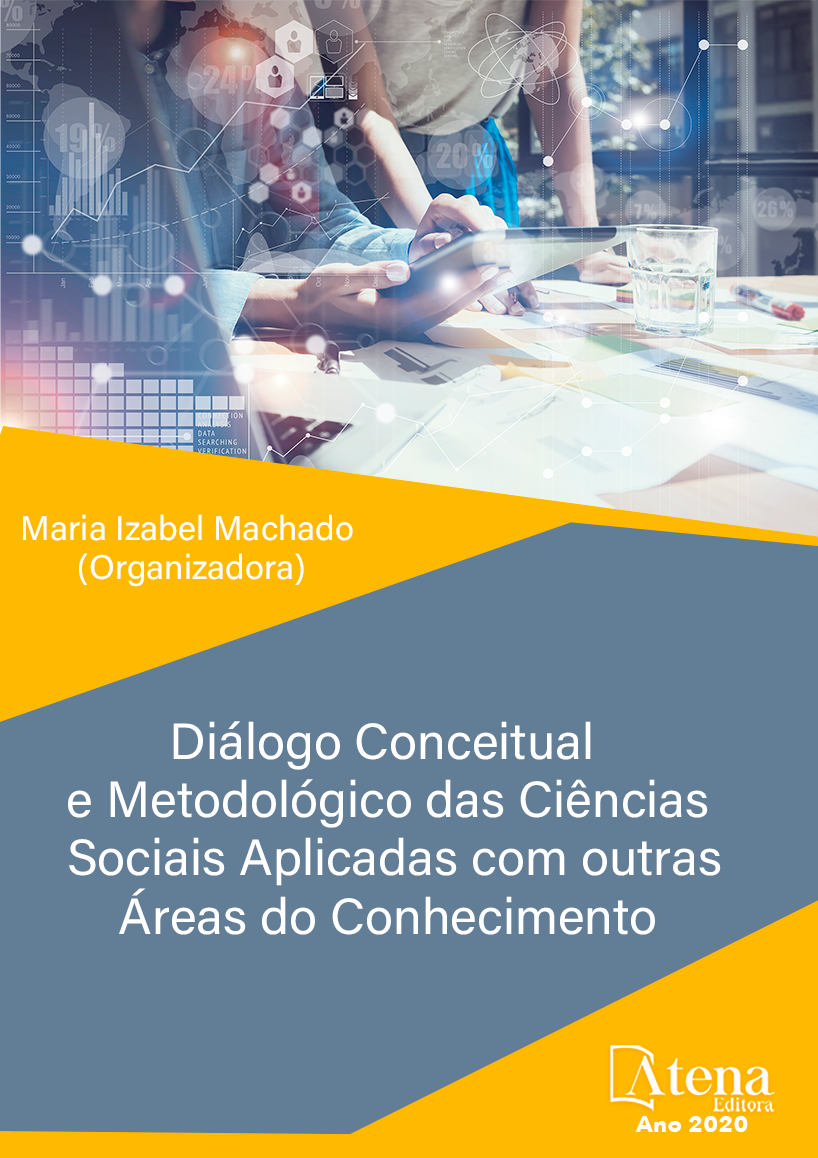
CIDADE, ARTE E ARQUITETURA: espaço físico, espaço vivenciado
A sociedade complexa do Século XXI se expressa na cidade. Habitar a cidade é vivenciar intrincados aspectos, individuais e coletivos. Nela os cidadãos moram, estudam, trabalham, cultuam, se expressam, se divertem, se movem, trocam, vendem, compram. É na cidade que as pessoas se organizam social e culturalmente em variados níveis e configurações, têm maior ou menor poder e submetem-se mais ou menos a ele, desenvolvem a identidade e a memória, próprios e coletivos. Este trabalho buscou, no contexto de uma unidade curricular de ensino de projeto, onde os estudantes são pertencentes às fases iniciais do curso de graduação em arquitetura e urbanismo, refletir teórica e praticamente, sobre o complexo: cidade, arte e arquitetura, relacionando-o às diferentes formas de interação com as pessoas. Tal experiência se insere na construção de uma tese de doutorado em etapa de finalização, conduzida, nesta área da investigação, por uma pesquisa-ação. Nesta tese, os estudos de caso são estratégias didáticas criadas com o foco no processo de ensino e aprendizagem de métodos coparticipativos de projeto, verificando-se as suas diferentes reverberações na formação dos estudantes que, junto com a docente e pesquisadora, dela participam. Este artigo apresenta os resultados de um desses estudos de caso, em que os métodos coparticipativos foram realizados como um dos apoios necessários à fundamentação do projeto arquitetônico a ser desenvolvido nessa unidade curricular. O programa definido para ser criado e desenvolvido pelos estudantes foi o projeto arquitetônico de uma galeria de arte a ser implantada em uma área livre pública. Além dos métodos coparticipativos de projeto, que demandaram aproximações com diferentes pessoas, com perfis variados, foram realizadas aproximações teórico-práticas com experiências sensoriais realizadas à luz dos livros Habitar e Os olhos da Pele, de Juhani Pallasmaa; e aproximações com a cidade, por meio de vivências em diferentes exposições de arte e em variadas áreas livres públicas. As diferentes aproximações – com as pessoas, com a teoria fenomenológica de Juhani Pallasmaa, e com a cidade – produziram reflexões sobre a importância de o espaço público possibilitar, mais amplamente e com menos restrições de acesso às pessoas, áreas de vivências artísticas. Ao mesmo tempo ponderou-se, também, sobre os espaços livres públicos e sua capacidade de se caracterizar como um oásis em meio à agitação urbana, reconectando aspectos humanos que normalmente se distanciam nas pessoas, como o material e o mental, o experimentado, o recordado e o imaginado. Espera-se que este artigo seja uma contribuição que se una ao conjunto de outras vozes que já ecoam, em diferentes esferas, apontando a importância da presença e incremento de áreas livres públicas nas cidades, da relevância de serem projetadas sob os princípios do desenho universal, e da necessidade de que seus ambientes favoreçam vivências artísticas de diferentes manifestações, a todos os cidadãos.
CIDADE, ARTE E ARQUITETURA: espaço físico, espaço vivenciado
-
DOI: 10.22533/at.ed.9972015044
-
Palavras-chave: Arquitetura e Urbanismo; Espaço Público para a Arte; Áreas Livres Públicas; Métodos Coparticipativos de Projeto; Desenho Universal.
-
Keywords: 19
-
Abstract:
The complex society of the XXI century expresses itself in the City. Inhabit a city is an experience intricate aspects, for individuals and for the collective. There citizens live, study, work, worship, express themselves, have fun, move around, buy, sell, exchange. It is in the city that people organize themselves socially and culturally in many levels and configurations, have bigger or smaller power and submit themselves to it, develop identitiy and memory, collectivelly and individually. This paper aimed, in the context of a project course, where the students are in the initial phase of the graduation in Architecture and Urbanism, reflect teoretically and pratically, about the complex city, art and architecture, relating them to different ways of interaction with people. This experience is part of the construction of a doctoral thesis in the finalization stage, conducted in this area of research by action research. In this thesis, the case studies are didactic strategies created with the focus on the teaching and learning process of co-participative project methods, verifying their different reverberations in the formation of students who, together with the teacher and researcher, participate in it. This paper presents the results of one of these case studies, in which the co-participatory methods were performed as one of the necessary supports to the foundation of the architectural project to be developed in this course. The program designed to be created and developed by the students was the architectural project of an art gallery to be deployed in a public free area. In addition to the co-participatory design methods, which required approaches with different people, with varying profiles, were made theoretical-practical approaches with sensory experiences carried out in the light of Juhani Pallasmaa's The eyes of the Skin and Habitar; and approximations with the city, through experiences in different art exhibitions and in various public free areas. The different approaches - with people, with the phenomenological theory of Juhani Pallasmaa, and with the city - have produced reflections on the importance of public space making it possible, more broadly and with less restrictions on access to people, areas of artistic experience. At the same time, we also considered public free spaces and their ability to characterize themselves as an oasis in the middle of urban chaos, reconnecting human aspects that normally distance themselves in people, such as the material and the mental, the experienced, the remembered and imagined. It is hoped that this article will be a contribution that joins the set of other voices that already echo in different spheres, pointing out the importance of the presence and increase of public free areas in cities, the relevance of being designed under the principles of universal design, and the need for their environments to favor artistic experiences of different manifestations for all citizens.
-
Número de páginas: 19
- Vera Helena Moro Bins Ely
- David Merkle
- Marlise Paim Braga Noebauer


